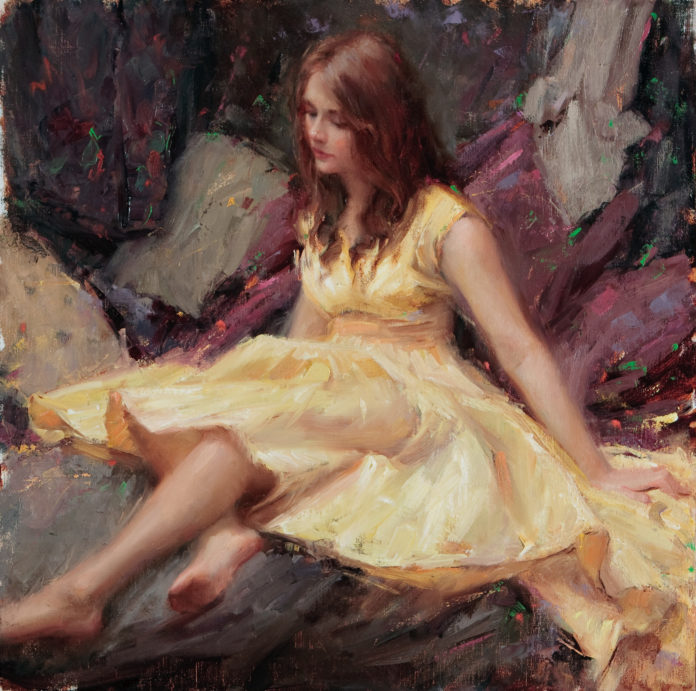Inspiration for Artists > Being an artist means a lifetime endeavor of constant striving and learning: “That is my drive, my obsession, and my torment.”
Learning Curve
By Bryce Cameron Liston
listonart.com
originally written and published in 2012, still inspiring today
Painting, at least for me, is a very demanding discipline. It’s difficult and exhausting, but at the same time very exhilarating—and certainly rewarding. It’s been a lifetime endeavor of constant striving and learning. When I first began to paint I was sure it would get easier the more I did it. I could envision myself sitting back with ease just painting away, no stress, no anxieties, painting a masterpiece with one hand tied behind my back—so to speak. Okay, granted I’m still mid-career so who knows . . . maybe someday. But as a wise man once said “Don’t wish it were easier, wish you were better.”
This thought completely fits my philosophy of art. I don’t really want it to get easier—I just want to get better. That is my drive, my obsession, and my torment. It’s rewarding because it’s so difficult. Edgar Degas said, “Painting is easy when you don’t know how, but very difficult when you do.” It took many years before I truly understood what Degas meant by that statement, but how profound it is to me now.
Okay, so that’s me. I place a lot of expectations on myself.
I really think it’s very different for everyone out there; we’re not all after the same goals. Art means something different to everyone. So maybe it doesn’t have to be that difficult for you. Perhaps you only want to do it as a hobby—if so, that’s fantastic. However, at whatever stage you are in your journey, learning is an essential part of it. Everyone wants to improve to some degree, and in order to improve it really does come down to the mileage that you cover.
Time spent sketching and painting all adds up to a lifetime of experience. It takes a minimum of 10,000 hours of practicing a specific task to become proficient at it. But also remember it’s not a race. Find your patience and realize you are learning with every stroke. The essence of the art spirit is to grow and learn and to push yourself to expand your knowledge base and skill set.
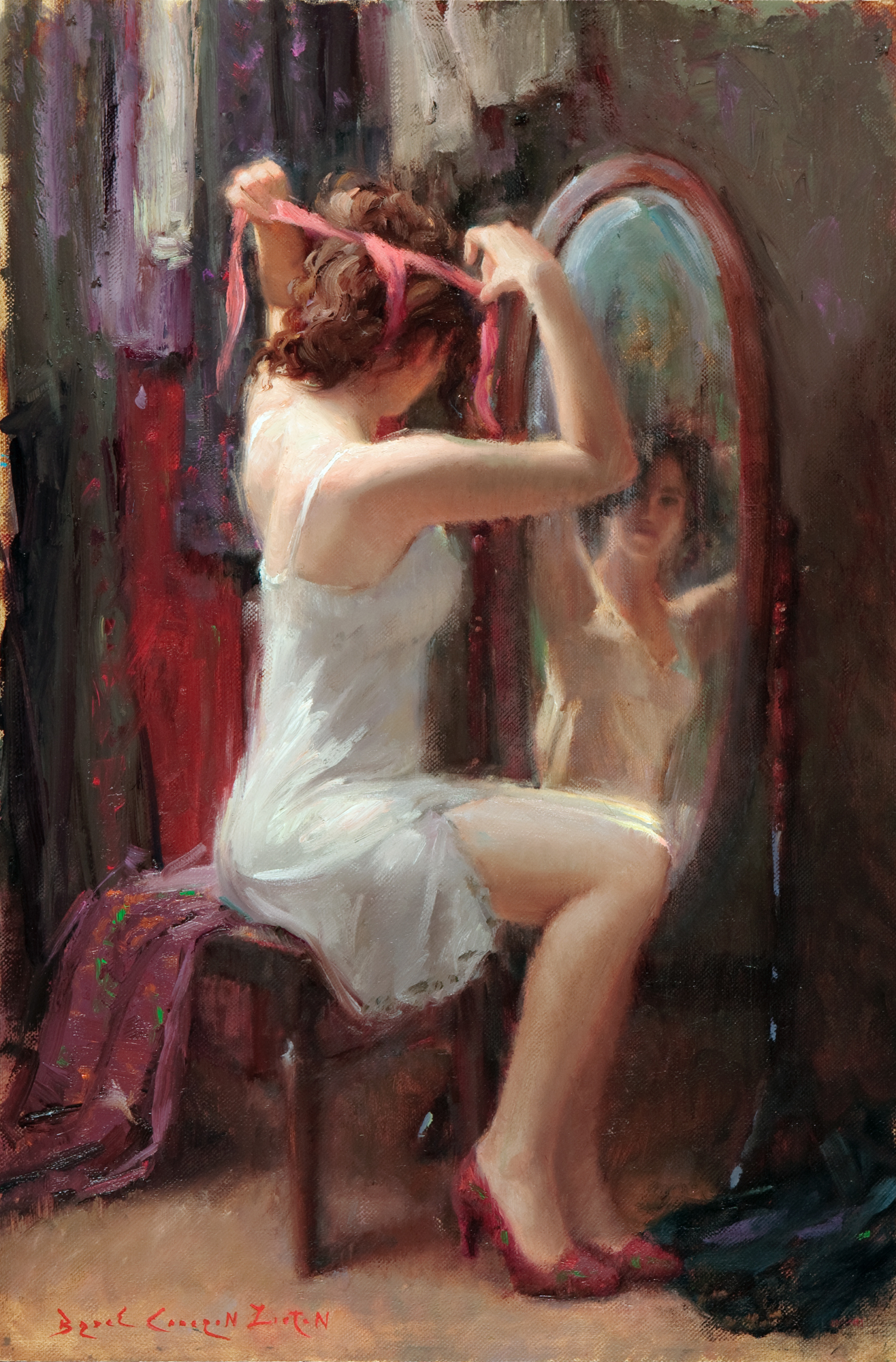
With that said, you can only take in and truly comprehend information that corresponds with your current level of understanding. For example, imagine you are sitting in a workshop working away when the instructor mentions something specific about color temperature. And then it hits you; it’s that genuine A-ha! moment. Things are so clear now! You’ve been working with color temperature so hard for the last year, and maybe you even read the exact same thing that the instructor just said, but before it just didn’t sink in.
Why is it that you now understand it so clearly? It’s simply because you are now ready for the information. It fits in with your current level of understanding. It’s like a puzzle piece that you can’t place until you have the surrounding area filled in. I like to think of learning as being like the spiral of a spring. As you go up the spiral, around the spring, you come back to the same spot but on the next level up, and you understand more deeply what you learned at that same spot the last time around.
We’re all familiar with the elements of art. They’ve been presented to us since the very beginning of our education. Over the years I have developed a list of ten elements that are essential to my work.
• Composition (design)
• Value (mass tone)
• Shapes
• Color
• Edge
• Perspective (linear and atmospheric)
• Texture (implied and actual)
• Paint handling
• Anatomy
• Intent/Content (the “why” of painting)
Each year I focus on two specific elements and work to improve them above all others. If I feel I haven’t made enough progress in an area I will just leave it on my “Improve” list and work on it for another six months or a year.
Value
For example, this past year I put value and shapes on my “Improve” list. (Images 1, 2, 3 below). I see value and shapes as being close friends on the elements list so it makes sense to work on them together. Because of its importance, let’s first talk about value. The term value is basically a simple scale of gradations of gray between black and white. But in painting terms, there is also the effect of massing your values for a stronger and more unified painting.
Howard Pyle once explained it like this: “Put your white against white, middle tones (groups) against grays, black against black, then black and white where you want your center of interest.”
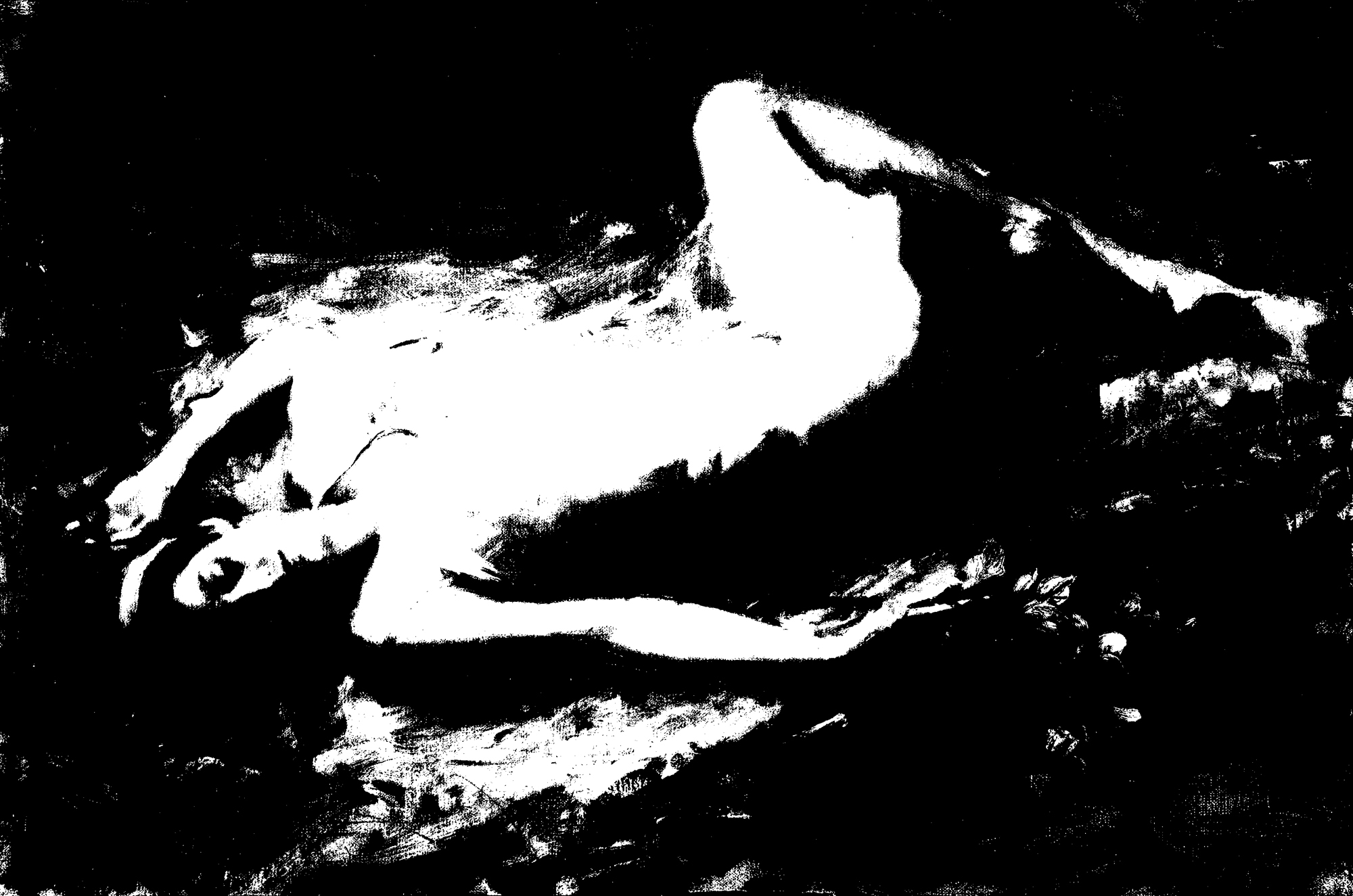
In this example, I reduced an image of my painting Repose down to two values only. Notice the tight grouping of these values—all the lights are grouped together in the center of the painting. It makes for some interesting abstract shapes, but I feel it is well-balanced.
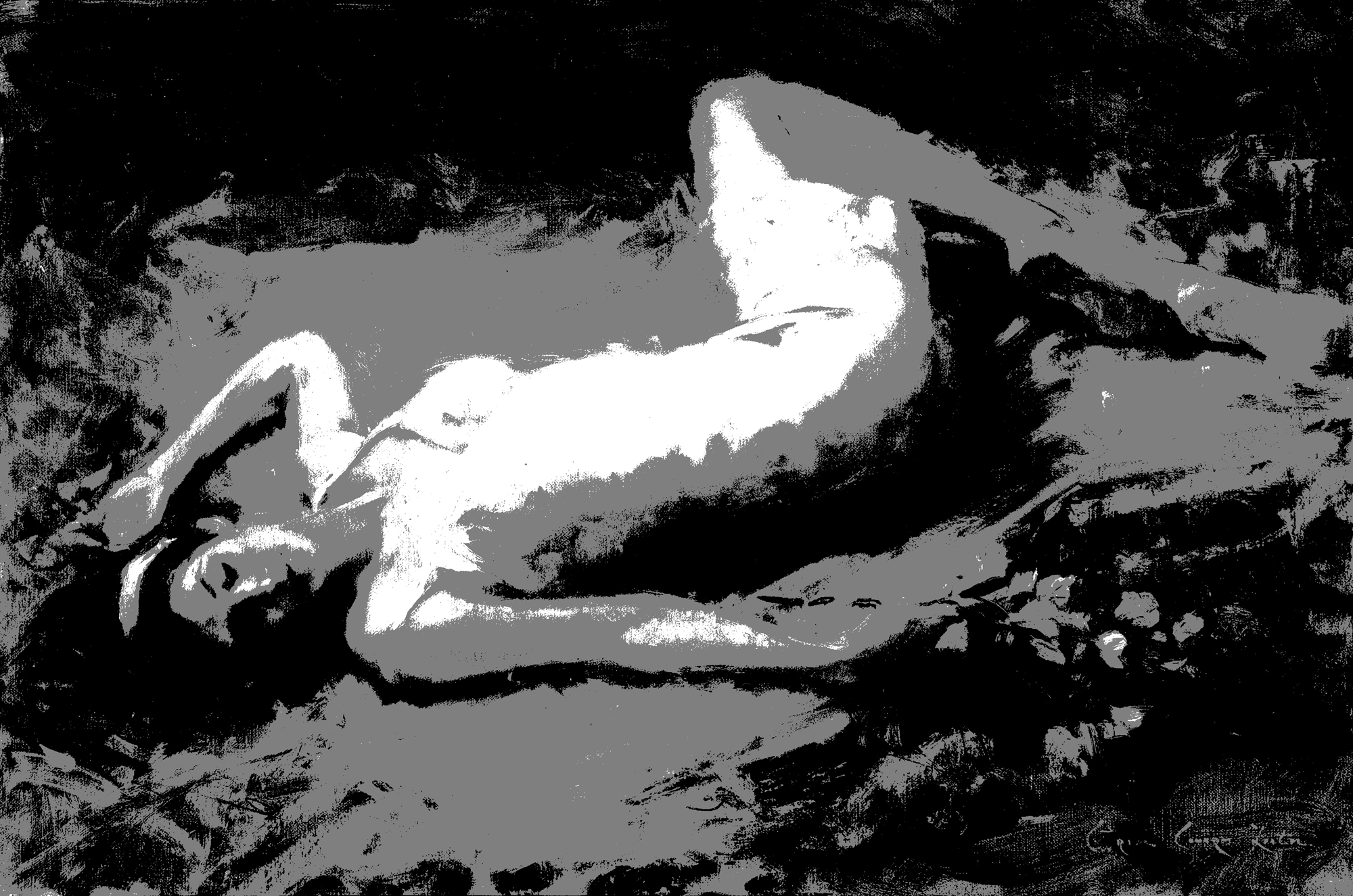
In this example, I have done the same thing with the image but now in three values. It takes on a little more reality, but again the painting holds together quite well.
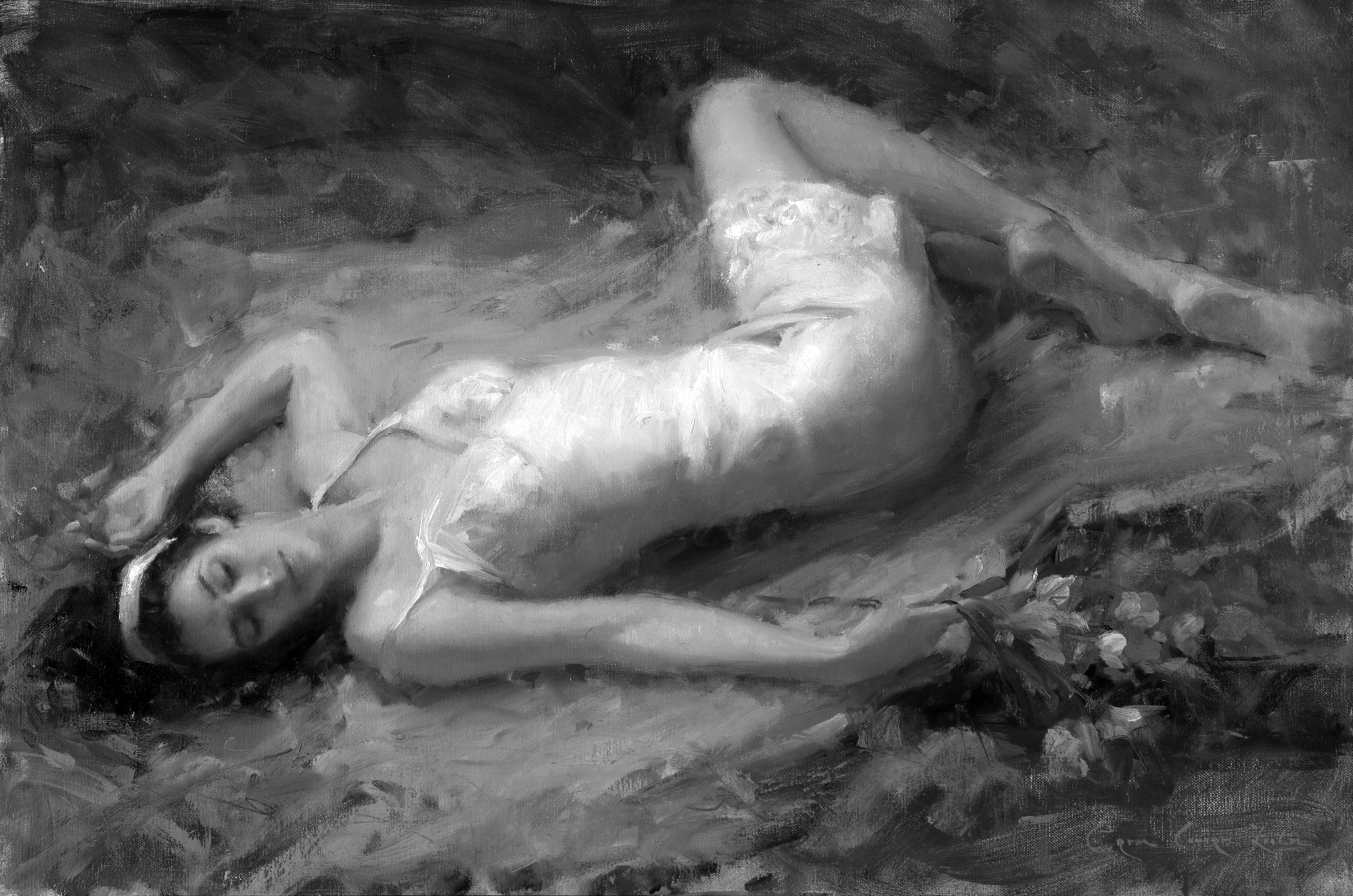
This is the same painting in black and white. With all of the color removed, it still makes a strong painting because the shapes and value masses are well grouped.
Simple, right? It’s harder than you think, but I’m working on it. There are also other very important aspects to value. Using as few as possible is definitely one of my goals this year. Again Howard Pyle said it so eloquently: “If you can make a picture with two values only, you have a strong and powerful picture. If you use three values, it is still good, but if you use four or more, throw it away.”
Okay, maybe that’s a bit harsh, but it’s a good goal!
One last thought on value. It certainly can be easy to lose oneself in color. But remember that every color you put down has a corresponding value on the black-and-white value scale. It has been said that if you lay down the right color and temperature you will have the proper value. I guess I don’t quite see it that way. I learned that if you get your value correct you can put down any color. I think it might just be the way we are each wired. But I believe color is very arbitrary and seen very differently by everyone. It is influenced by our perceptions, our current moods, and even our genetics. But values are a plain and simple gradation between white and black.
Shapes
I guess shapes are pretty straightforward. Just remember to pay close attention to any object’s inherent shape and try to keep it simple. Think circles, rectangles, and triangles. Also, try not to think of what a specific object is, instead think, “What shape is it?” Remember, shapes play an extremely important role when it comes to working with the figure. An arm is not an arm, but a cylinder. There are two other aspects to shapes that I should mention as well. Be sure to give shapes a little variety and at the same time pay attention to the negative spaces—which are shapes too.
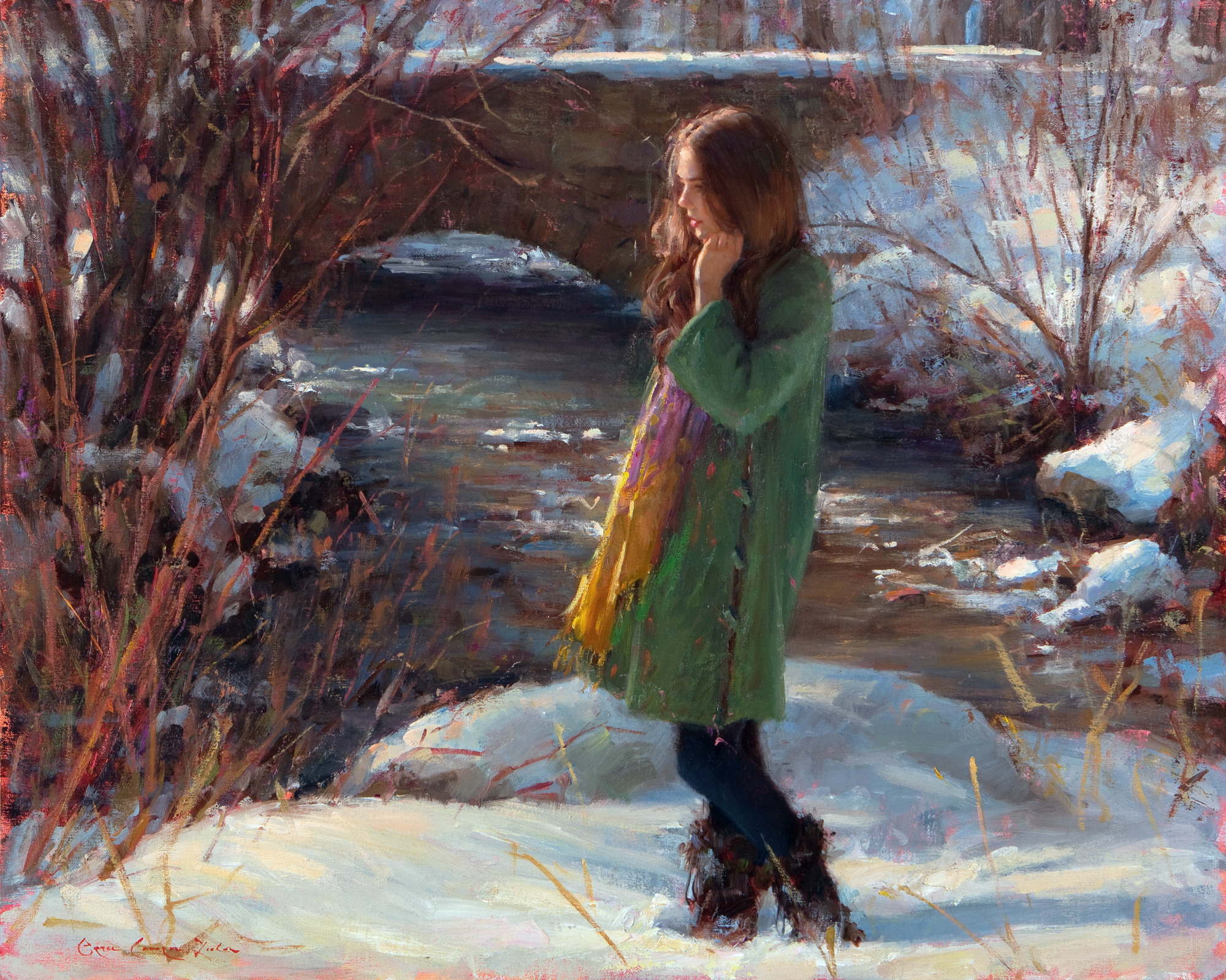
So what I want to impart is that no matter how far we’ve come or how far we have to go, we’re all still learning. Even the contemporary masters of today are still learning. And when you think they make it look so easy, it is only because they have made the same mistake a thousand times, before they finally got it right.
One of my favorite quotes is from a past master who understood this clearly. On his deathbed, the great Edgar Degas realized that only one thing could end his learning as an artist. As the final hours of his life slipped past, and he sensed death approaching, he is reported to have said, “Damn, and just when I was starting to get it.”
Visit EricRhoads.com (Publisher of Realism Today) to learn about opportunities for artists and art collectors, including Art Retreats – International Art Trips – Art Conventions – Art Workshops (in person and online, including Realism Live) – And More!


